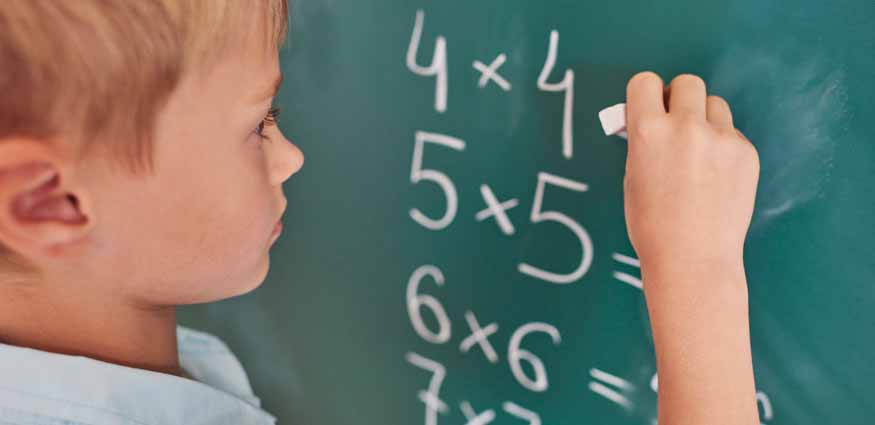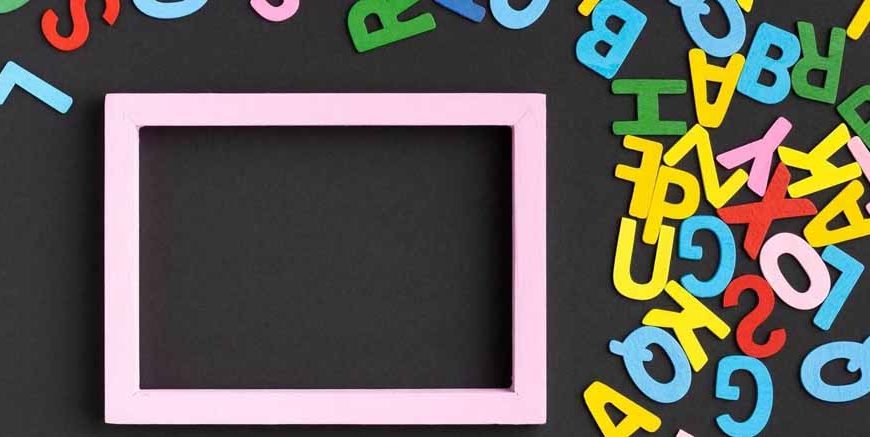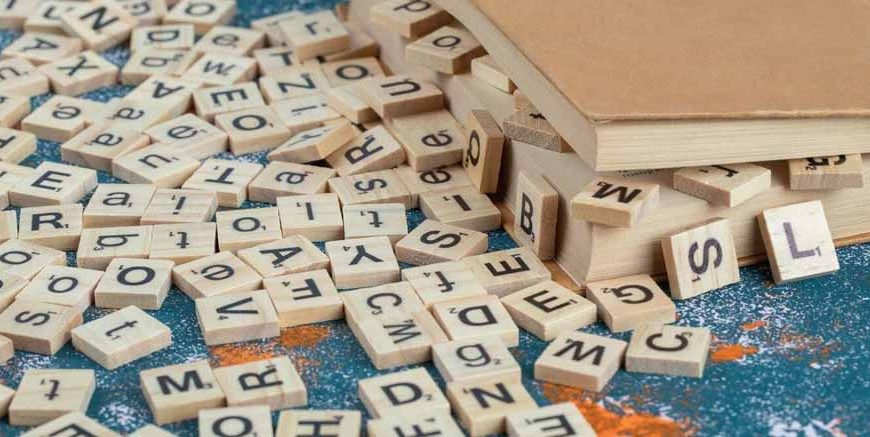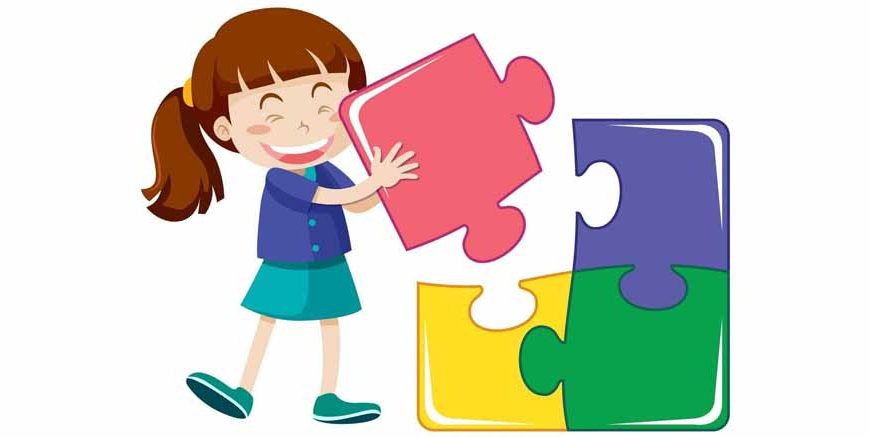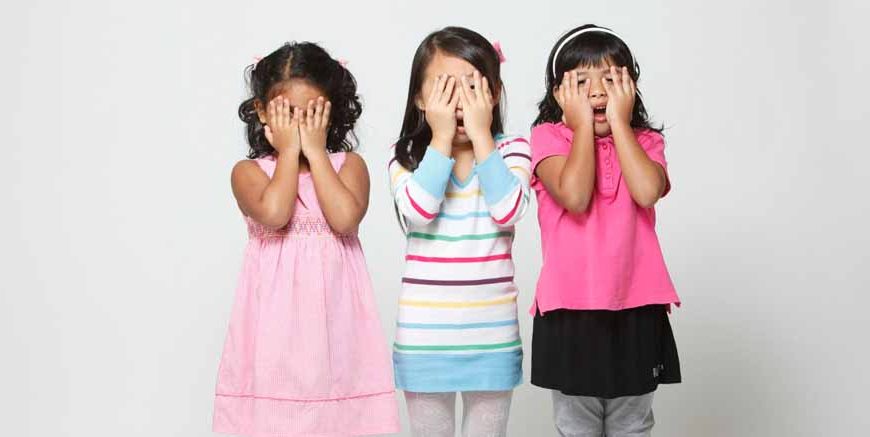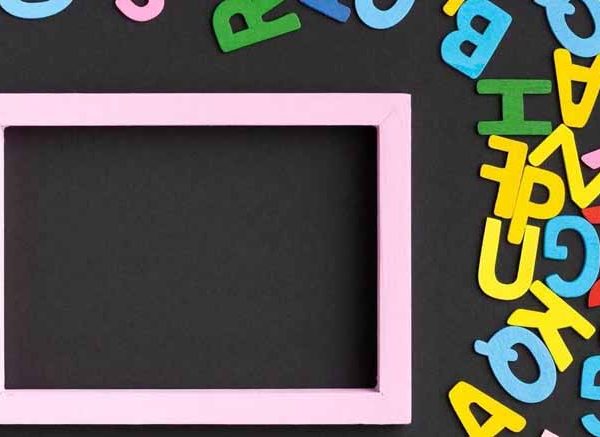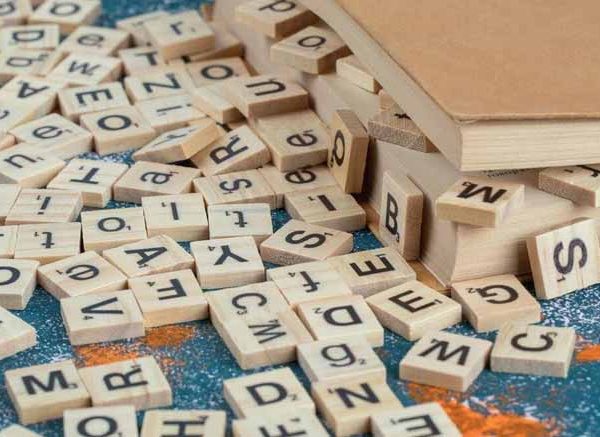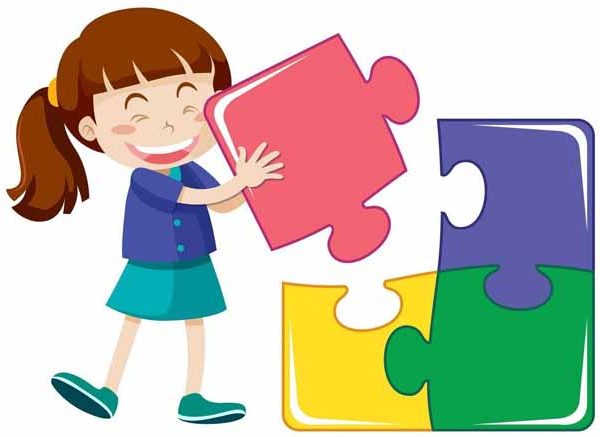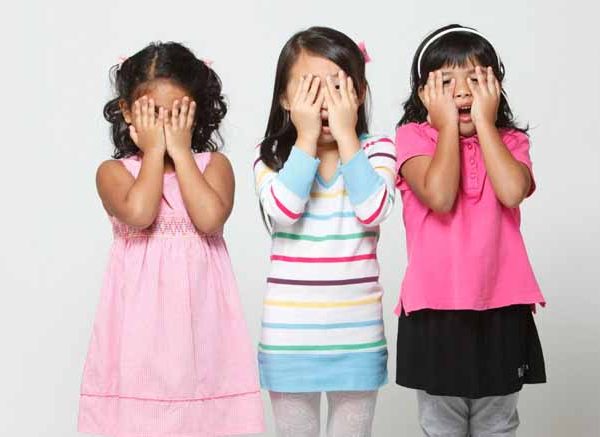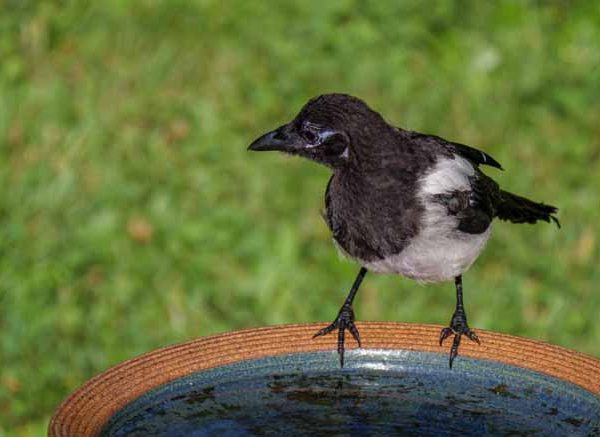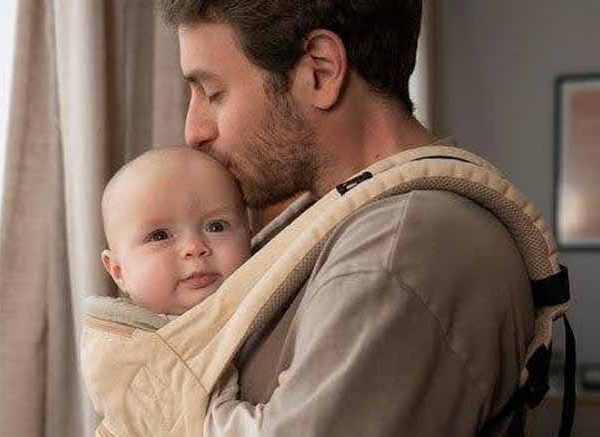“The shift from “times tables” to “multiplication facts” is not just about language. It stems from teachers wanting children to see how multiplication facts can be used to solve a variety of problems beyond the finite times table format. Multiplication also develops essential problem-solving skills. This helps students form connections between concepts, and learn how to reason through a variety of real-world mathematical tasks.”
– Karolina Grabowska, writer at Conversation
Table of Contents
1. Why is Multiplication Important for Kids?
2. 15 Exciting Ways to Teach Multiplication to Kids
3. 5 Additional Multiplication Tips
4. FAQ’s on Multiplication
5. Conclusion
Addition and subtraction are easier math concepts that children are more comfortable exploring. Multiplication, though, is an entirely different story. While memorizing, multiplication tables might seem easy to get kids out of the multiplication trap, they must first get the basics of Multiplication firmly ensconced in their minds.
The good thing is that there are several fun ways in which you can teach Multiplication to kids. There’s one that will resonate with them and ensure Multiplication gets its rightful seat alongside the more favored Addition and Subtraction.
Why Multiplication is Important for Kids?
Multiplication is an important mathematical skill that helps children comprehend the relation and pattern between numbers. It increases the likelihood of solving real-life problems for children as tough problems can be broken down into simpler steps. Besides, multiplication is a fundamental operation to work upon objects which shall be useful in division, fractions or algebra and therefore, if an individual has a mastery of multiplication, the individual shall be armed with adequate problem-solving and critical thinking skills.
For instance, a child may wish to buy candies for friends. Each packet costs around 30 INR and they wish to buy 5 packets. To find out how much money they need, the child can use multiplication
5* 30 INR = 150 INR
Often, without working through a single problem calculation, the child complies with the idea that to put candy for friends 150 INR he/she will have to multiply the number of packets with the initial cost for each of the packets. This simple case lets the pupils see an instance where multiplication is used in everyday activities where repeated addition is needed or in areas where they have to compute the total cost of a number of items.
15 Exciting Ways to Teach Multiplication to Kids
Here’s a look at the best ways to ‘multiply the joy’ that stems from learning Multiplication!
1. Math Bingo
One of the best ways to teach Multiplication is to make a game of it! Math Bingo is a fun multiplication activity for class 1.
How: Let children create their 5×5 grid that makes for a Bingo card, then fill it out with random numbers like 4, 33, and 92. Then, you need to call out multiplication problems like 11×3. The answer has to be checked off that Bingo card.
2. Math Competition
One of the most efficient teaching methods, Multiplication, is to bring out that competitive streak. It is also one of the amusing activities to teach multiplication for kids. Now, who wants to be the next Pythagoras?
How: Divide the kids in the class into two groups and get them to sit separately. Have one kid from each group stand up before asking them a multiplication problem. The child in the pair who raises their hand first and gets the answer right scores a point for their respective team. This way, every student in the class participates in the game. May the best team win!
3. Learning with Patterns or Tricks
Certain patterns are inherent in the world of Mathematics that will help children better understand how Multiplication works. Moreover, including patterns or tricks can make activities to teach multiplication more engaging and memorable for kids.
How:Taking an example, show the kids that in the case of the 4 times table, all the answers are even. In the case of the 10 times table, all answers will end in a zero. In the case of the five times table, the alternate answers will be 0, and the rest will be 5. Here’s an interesting one: In the case of the nine times table, all answers add up to 9.
For instance: 9×5 = 45
4+5 = 9
One of the best ways to teach Multiplication.
4. Multiplication War
Multiplication war is one of the creative ways to reach multiplication for kids. Nothing destructive about this game! It’s the name of a popular multiplication card game. Multiplication for kids just got way cooler!
How: In this 2-player game, both players’ cards are dealt face down after shuffling them well. The kids have to flip over their respective top cards. The child that multiplies both numbers correctly wins the round.
Note: Don’t forget to take out the Jokers and ensure you allocate a number (like, say, 15) to the Ace, Queen, and King each if you will be using them.
5. Using Arrays
Using Arrays eases children while partaking in activity for multiplication. It is also one of the simplest ways to teach Multiplication involves the use of arrays.
How: Arrange several coins into a grid with neatly demarcated rows and columns. Ensure there is the same number of coins in each row and column. For example, three coins in each row and two in each column. Then, our array represents the following sequence:
2×3=6
3×2=6
2+2+2=6
3+3=6
This is important because children need to understand how Multiplication works, and a powerful visualisation like the one herein does the trick succinctly well.
Did you know that multiplication activity for kids can enhance their curiosity and interest in learning mathematics?
6. Making Multiplication Name Tags
Name Tags is one of the creative ways to teach multiplication for children. It is also one of the cool activities for multiplication learning.
How: Create name tags with multiplication equations like ‘5×3’ as each student’s name tag. At some point in the day, you want the students to stand up and state their ‘names’. For instance, in the case of the student, as mentioned above, they would stand up and say, ‘Hello, my name is 15 (5×3)’.
7. Commutative Property
Commutative property is one of the fun activities for multiplication. It is also the simplest way to teach Multiplication and is also one of the most powerful.
How: Show your kids how answers often repeat themselves, where it comes to that multiplication table.
For instance: 5×3=15
3×5=15
This is important as once your kid has mastered the early tables (1,2,3), primed with that knowledge, they will also know the answers for the later tables. Essentially, they only have to learn half a table.
8. Multiplication Songs
Multiplication songs is one of the amusing activities for multiplication for kids. In today’s day and age, with access to all that uber-cool digital technology, learning is a lot easier. And so it is when we are looking to teach Multiplication to kids.
How: Search YouTube for cool multiplication songs, and play them in class. Children can even sing along as they learn, making that learning process much cooler.
Tip: Try and find multiplication songs accompanied by uber animations.
9. Skip Counting
Skip Counting is one of the joyful activities for multiplication for children. An activity for Multiplication that hits the spot, this one is really easy to implement.
How: Let your kids imagine that they and three of their best friends have to distribute chocolate boxes to different houses in the neighbourhood. They each have 5 boxes. How many boxes might be needed? Here’s where skip counting comes in, adding the intervals between two numbers to get your answer.
So, it looks like this: 5+5=10
10+5=15
15+5=20
A great way for kids to understand that by adding 5 to itself four times, you get 20 (5×4=20).
Did you know that multiplication activity for kids can sharpen their math learning abilities?
10. Virtual Games
Let’s face it. Weaning kids off technology isn’t quite going to happen to the extent you wish. Why not use that technology constructively to teach Multiplication? If all else fails, try virtual games as it is one of the easy way to teach multiplication for kids who love digital tools.
How: There are plenty of cool virtual games you will find online that will help your child imbibe those vital multiplication skills. What’s best, you will find that children will not fear failure, as any wrong answer they come up with is not visible to anyone but themselves. Also, read more about the best educational games for kids.
You might also want to read about Developmental Skills Every Toddler Should Have
11. Maths Books
How to teach Multiplication? Simple! Get some great Math Books. Maths books are also one of the easy ways to teach multiplication for kids.
How: Maths Books are generally exploding with things like colour and animals, making attempting problems addictive. Ensure you select books that are stimulating. You will find that getting your kids to do Maths homework was never easier!
12. The Constant as Change
Do you know what they say about ‘change being constant’? Use the calculator to exemplify this with far greater emphasis.
How: Take a calculator and enter a number in it, like 8. Then press the + button, followed by the = button. The calculator still shows 8. But here’s where the fun begins. The constant function invoked will bring out the multiples of 8 (16,24,32…) with every subsequent press of that = button. Have the kids note down those multiples and comprehend the patterns therein.
13. Recite the Multiplication Table
The multiplication table is important but not easy for small kids.
How: Have kids recite the table on their way to the classroom. Recite it yourself, and they will have mastered it in only a short time.
14. The Timetable Buzz Game
This is a great way for kids in a group to learn multiplication tables.
How: Have a child say the first number in the 5s table. The next child says the second number. And so on. The last child says’ Buzz’ when the final number has been called out. Then, move on to the 6s table.
15. Using Worksheets
Preschool Kids are not especially fond of worksheets, but these must be kept well at hand given the number of times they will use Multiplication. Moreover, worksheets are also one of the easy way to teach multiplication for kids. Ensure they are short and sweet, so your child is well on track to learning Multiplication with a sense of ease.
5 Additional Multiplication Tips
Now that we’ve covered the gamut of the best multiplication activities let’s take things to the next level by ensuring we follow these invaluable tips for teaching Multiplication.
1. Let them master addition first. Multiplication is nothing but addition done repeatedly, after all.
2. Teach with the multiples of zeros. While 5+0 = 5 is easy to comprehend for most kids, 5×0 = 0 can be confusing. Try saying, ‘If I give Sheena 4 chocolates at no time, how many sweets will she have?’
3. Teach multiplying by one. As with 0, multiplying by one can be hard to understand, too. You can ask, ‘If I give Sheena a chocolate at one time, how many chocolates does she have?’
4. Start easy. Hand children multiplication sheets and let them start slowly, focusing on multiples of 2, 5, and 10 that are generally easier to learn.
5. Allow them to make mistakes. Don’t pressure the little ones. They will only learn from their mistakes.
Conclusion
Multiplication is not all that difficult for children to grasp if you teach it right to them. As seen in this article, several fun activities will ensure the multiplication learning box is ticked off in due time. In this article, we have covered the importance of multiplication activity for kids.
FAQs on Multiplication
1. What is multiplication?
Multiplication is the process of counting on the groups of identical sizes. For instance, if you have 5 groups of 3 apples, by multiplying 5*3, you get 15 apples. Therefore, 5 multiplied by 3 equals to 15.
2. What is the relevance of multiplication in modern day learning?
Multiplication is another topic in mathematics that makes it easier for learners to determine the number of items in a given set if they are in equal quantities. Multiplication is involved in a lot of real-life experiences such as when you are purchasing several items or dividing a given item among individuals.
3. What is the difference between multiplication and addition?
Both the operations combine numbers in different ways, that is. Addition combines numbers one at a time and multiplication adds the same number over and over again in just one in a single step. For instance, one may solve 2 + 2 + 2 + 2 by means of multiplying 2 by 4, that is 2 × 4.
4. Can you please explain the commutative property of multiplication?
The commutative property of multiplication is a rule that suggests to us that if we interchange the two factors then the product remains the same. For instance, 6 multiplied by 2 and 2 multiplied by 6 yield the same answer which is 12. This rule will definitely assist individuals to easily remember and comprehend multiplication facts.
5. Why do we learn different ways to multiply, like with arrays and on the number line?
It is always better, of course, and useful as well to have various approaches to a problem that can be solved with multiplication. There are always other ways of solving a specific issue if one way seems hard there are always other ways that can enable the solution of that issue. Try and determine which method best fits you and then go on to some more practice.
References
For informative and accurate articles on all things related to your new born-toddler’s development, growth, health and nutrition, follow EuroKids Blogs and do check out our nationally recognized preschools – EuroKids for the first step in your kid’s educational journey!
About Us
EuroKids is recognized as India’s most respected early childhood education brand, with over 21 years of experience, and has a presence in 350+ cities & 3 countries. The journey began in 2001 with 2 preschools and since then the group has consistently raised the bar for preschool education through its innovative and mindful curriculum – EUNOIA, which helps children grow holistically in a home-like environment.

